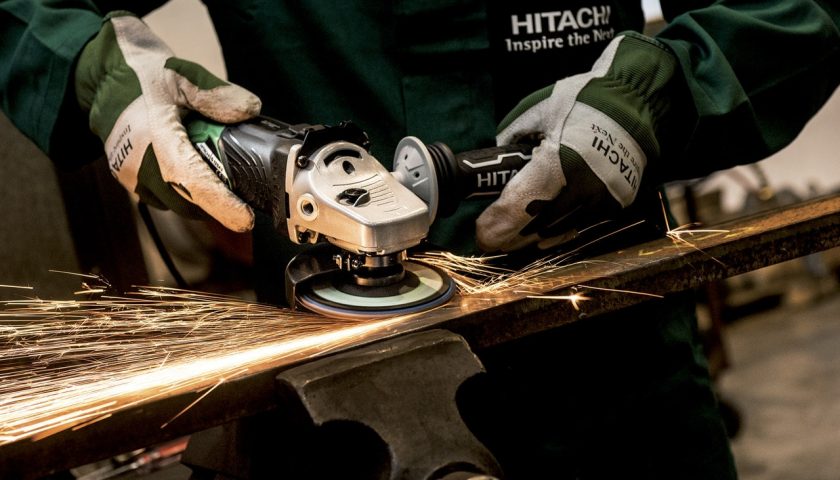The last step in manufacturing metal is metal finishing, which helps reduce surface roughness and improve appearance. It includes metal cleaning, deburring, descaling, etc. Generally, there are several metal finishing techniques that can be used to achieve different purposes. Below, get to learn what these techniques are.
Sand-Blasting
This type of metal finishing is ideal for big and flat surfaces requiring a matte finish. The process requires the person doing it to protect their eyes and nose with protective gear, as the tiny blasters being forced on the metal surface can get into one’s eyes or nose. To shape the metal, this process uses sand, and hence it is ideal for softer metals that can be shaped easily. For small and fragile metal pieces, avoid this technique.
Electroplating
Electroplating uses chemical baths to alter the surface of metal pieces with thin metal layers like nickel, zinc, chromium, and cadmium. Metal plating is a delicate and complex process using chemicals, and it needs to be done by experts. The technique can help improve the durability of a product and enhance its appearance.
Grinding
Grinding provides a variety of finishes, but it needs skilled workers who know how to operate the grinding machine. The process is time-consuming, involving various steps before one can get a smooth finish. It is ideal for when one wants to achieve a precise and perfect surface. Good grinding occurs in three main steps:
- Grinding
- Hand stoning
- Diamond polishing
At each step, the finish becomes better, smoother, and finer.
Brushing Metal
Brushing metal provides a uniform finish due to the machine used. Unlike grinding, where you need to be precise with your movements, in brushing, you only need to hold the piece against the belt to smoothen out defects. You can also find special brushes to design specific grains on the metal surface.
Powder Coating
Powder coating can help smoothen out any defects on a metal surface. This type of finishing involves layering the metal with melted plastic powder. The finish is durable and can be matte, glossy, or textured. If the surface has defects, it is best to use a textured finish. Glossy and matte are appealing, but they are not good at covering surface defects. A powder coating is not a great choice when you want to smooth out sharp edges.
Hot Blackening
Just like electroplating and powder coating, hot blackening also involves coating the metal. The process involves high temperatures to make a surface durable. Since the result is a black-colored surface, do not use this method if you want a light-colored coating. Hot blackening is used to improve abrasion resistance, making it ideal for harder metals. It can also be used in the production of firearm components, automotive parts, and other tools.
Buff Polishing
Buff polishing is ideal for when you want a smooth, non-textured surface. The tool used to finish the metal is called a buff. This method is not ideal for small metal pieces with crevices where the cloth cannot reach.
Different jobs will require different finishing methods. Depending on the metal you are working on and what your end product is, choose the right finishing technique from the ones mentioned above.
